Select two β with penetration current less than 100 to form a compound circuit, as shown in the figure below. Due to the amplification of the compound triode, the charging of the measurement capacitor. The discharging process will be amplified to increase the amplitude of the multimeter pointer for easy observation. First, check whether the capacitor is charged, and then determine its quality. Select multimeter RX10k gear. Then connect the red and black pens of the multimeter to the emitter and collector of the compound tube. Observe whether the meter needle can return to infinity after deflection. Then measure the exchange pen again. If one of the two times can not return to infinity, the capacitor is proved to be damaged. When the two meter pens touch the two leads of the container, the meter needle first swings clockwise (to the right) (this process is the charging process of the capacitor), and then slowly returns to the left. When the meter needle is stationary, the resistance value is the leakage resistance (R) of the capacitor.
During the measurement, if the meter needle moves away from infinity, the capacitor is leaking badly and is unusable. When some capacitors measure the leakage resistance, the clockwise swing when the meter needle returns to the infinite position indicates that the capacitor leakage is more serious. 2. Test method for fixed capacitors above 0.01uf For fixed capacitors above 0.01uf, you can directly use the RX10k file of multimeter to test whether the capacitor is charged and whether there is internal short circuit or leakage. First, discharge the capacitor to be tested, select the RX10k file of the multimeter, touch the two pins of the capacitor at random with two pens, then observe the deflection of the multimeter pointer, and measure again to exchange the pens. Observe the change of the meter needle. Under normal circumstances, the two measuring needles should first swing clockwise (to the right) (this process is the capacitor charging process), and then slowly return to infinity to the left.
If the resistance value is small or zero, it means the capacitor is damaged by leakage or internal breakthrough; if the pointer does not swing from beginning to end, it means the capacitor is disconnected between the two poles. Based on the above inference, the capacitor is basically normal.3. Test the quality of electrolytic capacitors. The common problems of electrolytic capacitors are breakthrough. Leakage. Capacity reduction or disappearance, etc. The performance of electrolytic capacitors can usually be determined by testing the resistance of electrolytic capacitors. Electrolytic capacitor open circuit measurement steps are as follows: (1) First, remove the capacitor to be tested with a soldering iron and clean the two pins of the capacitor. (2) Check the appearance of the capacitor is intact, if there is leakage. If the pins are broken, it means the capacitor is damaged. (3) Determine the polarity of the capacitor by the length of the pins and the mark on the side of the capacitor. As shown in the picture, the positive pin of the capacitor is usually longer, while the negative side is marked with a (negative).
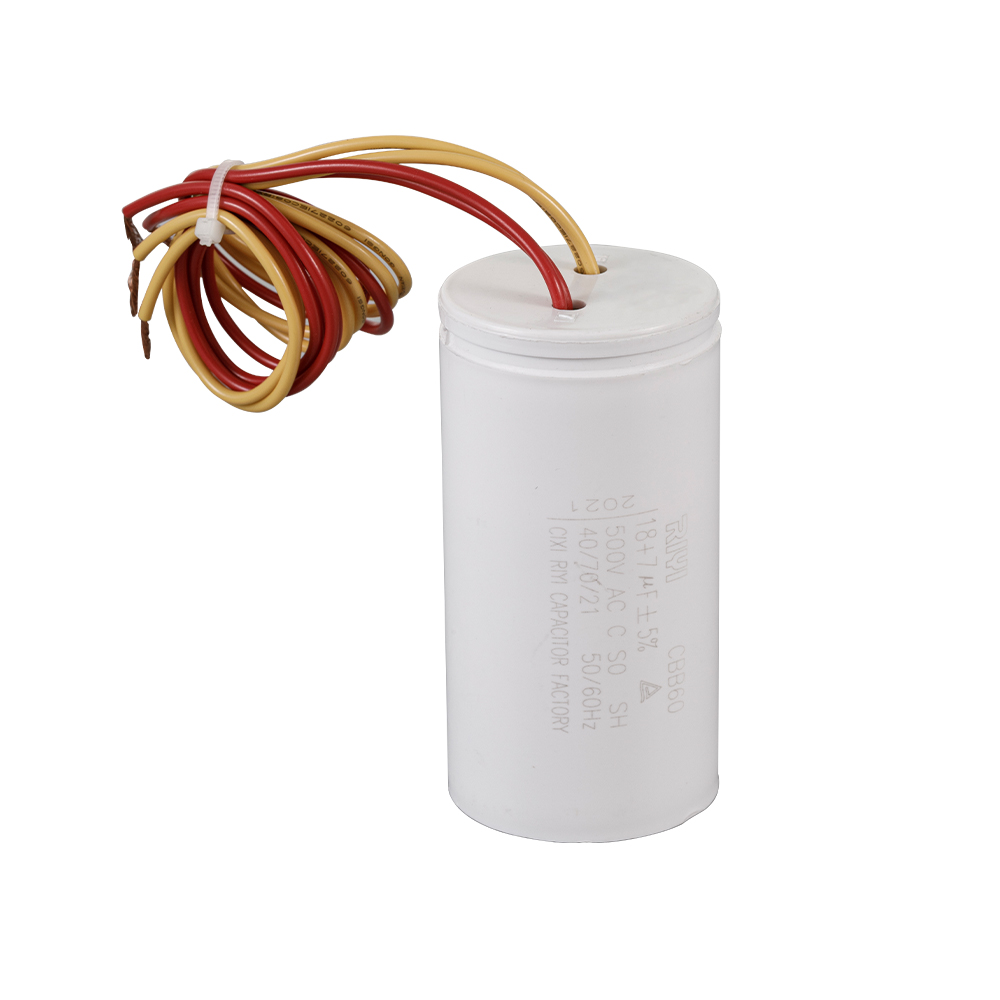

 简体中文
简体中文 English
English Español
Español عربى
عربى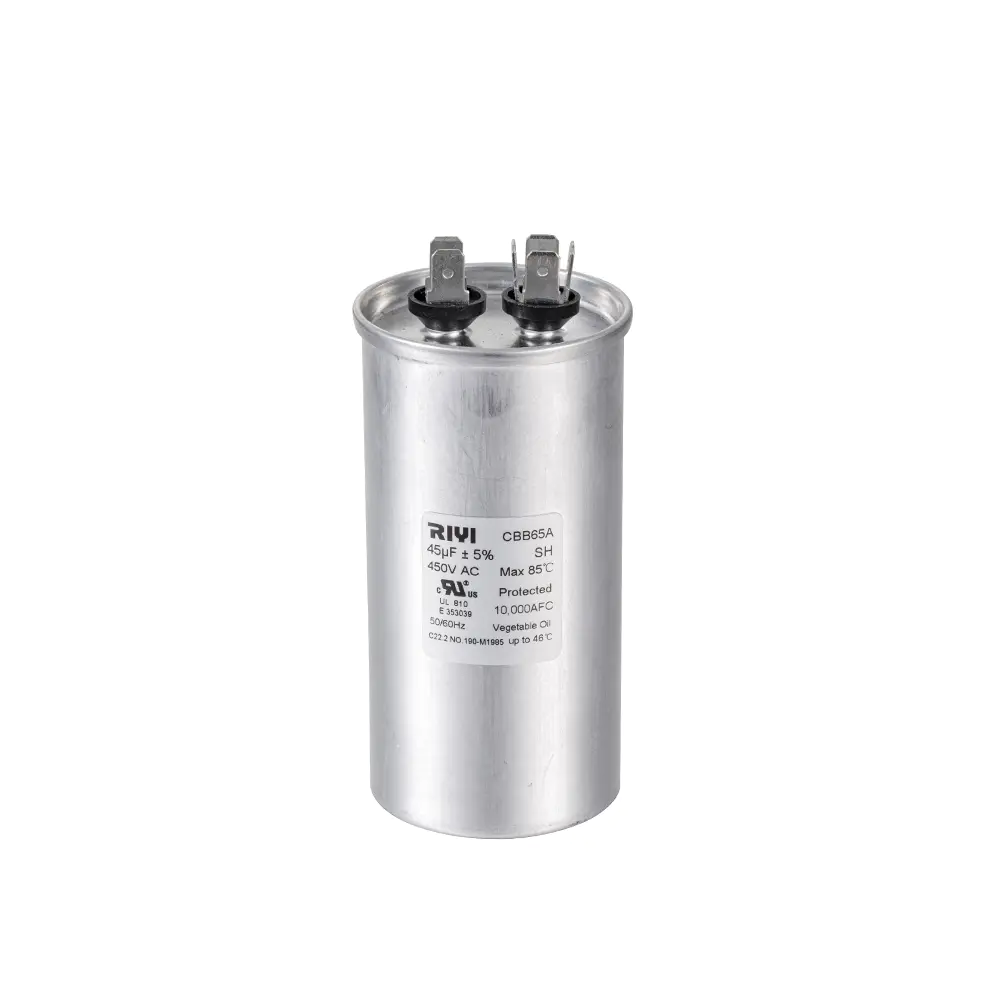
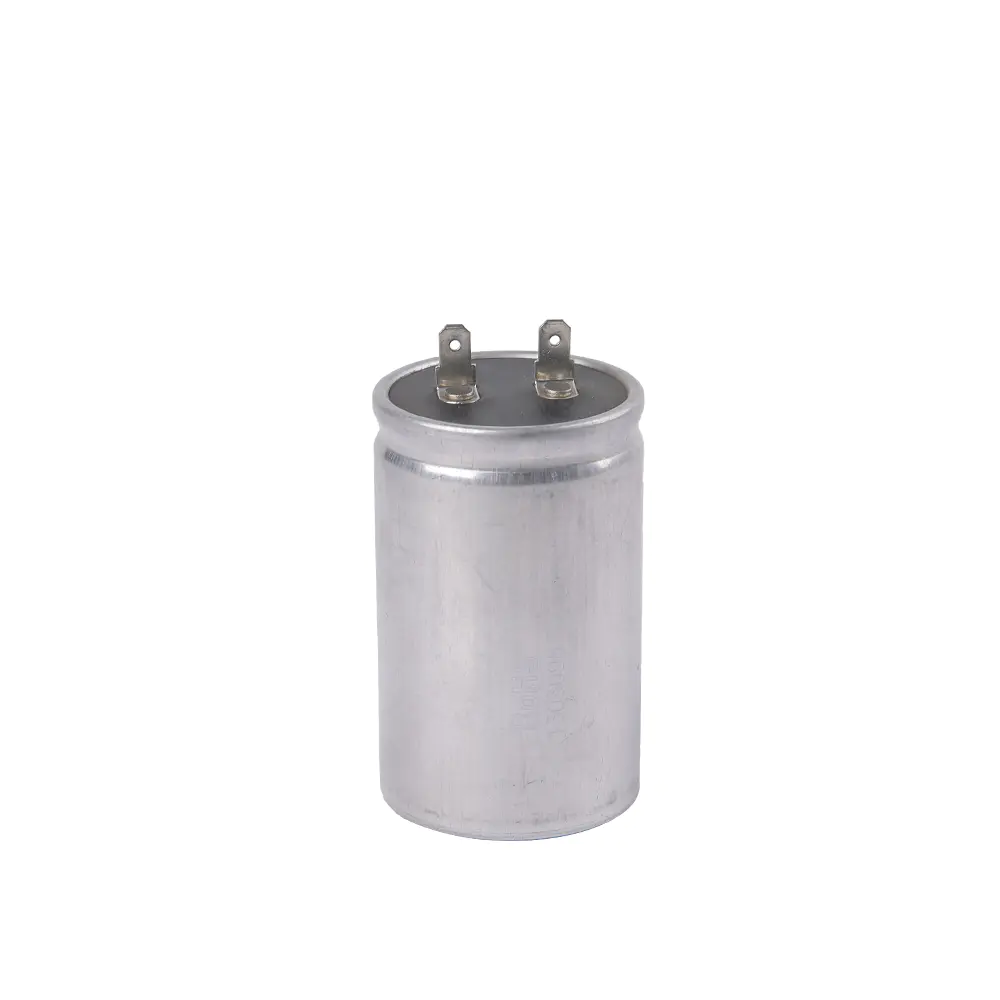
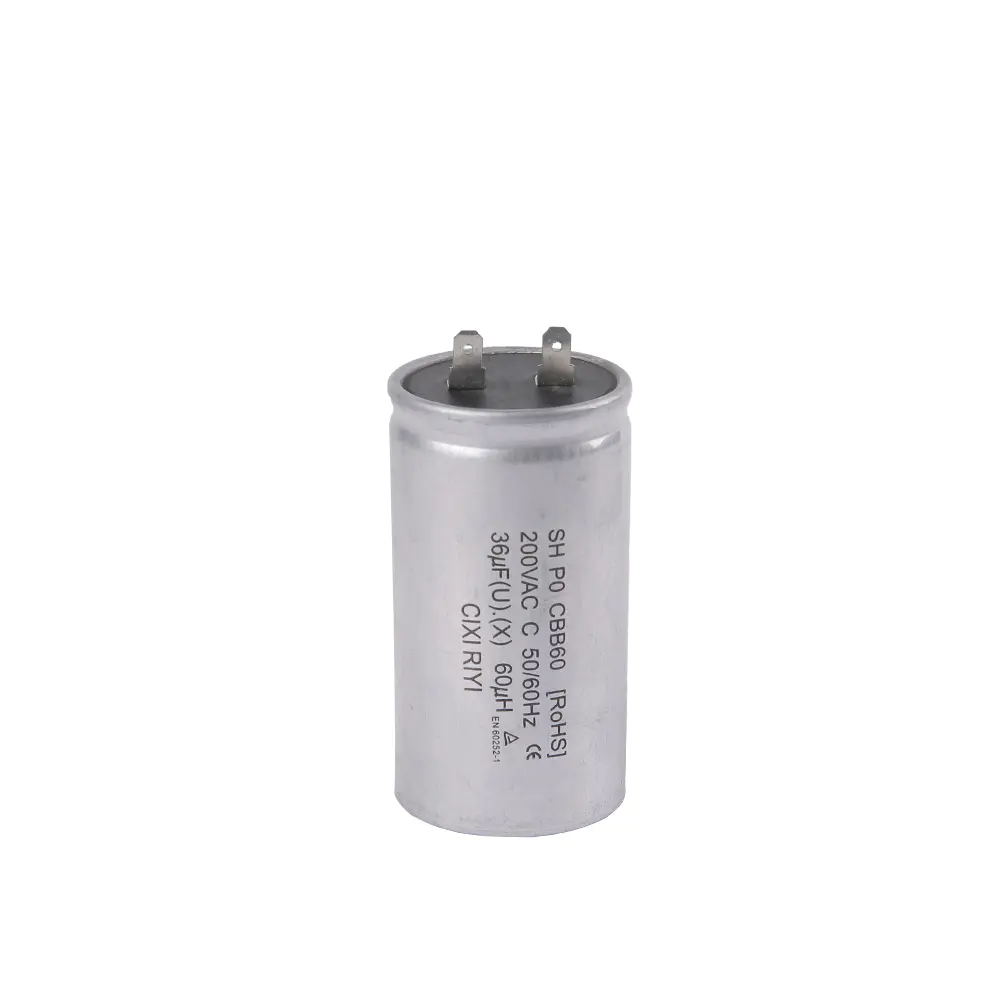
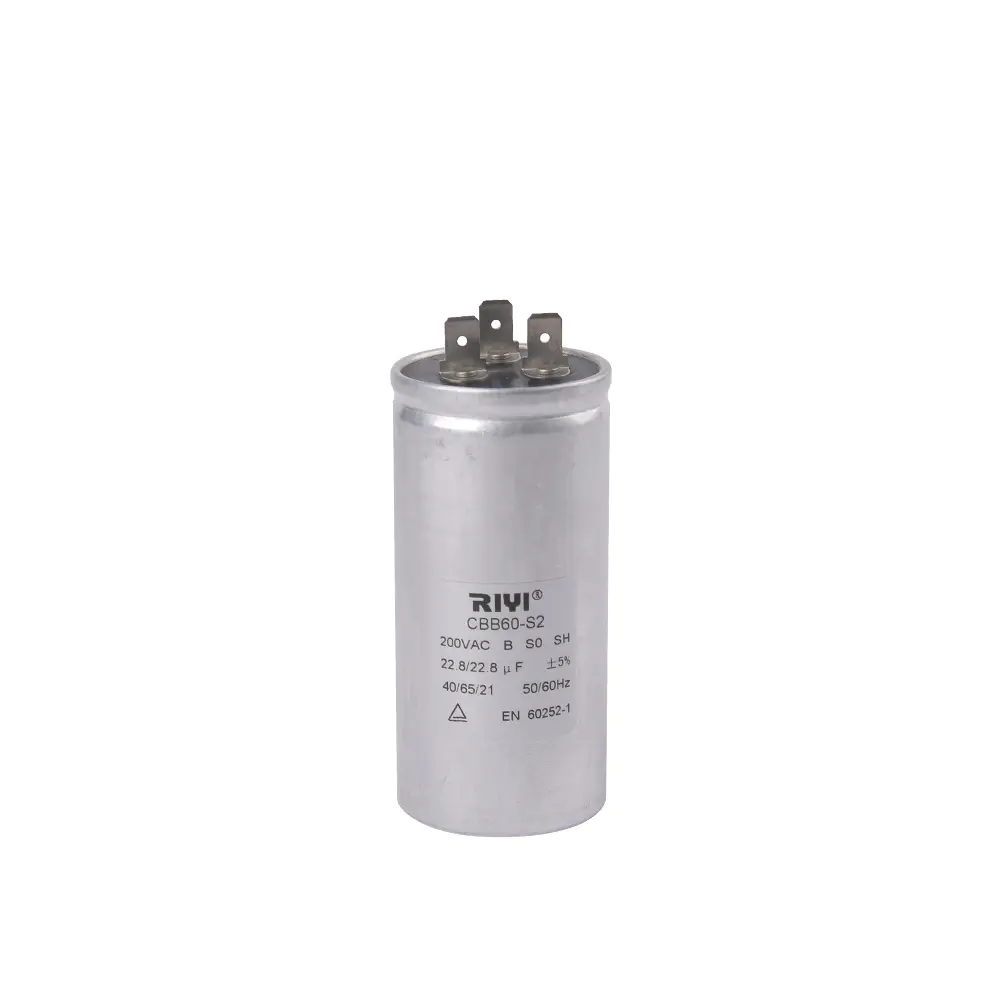
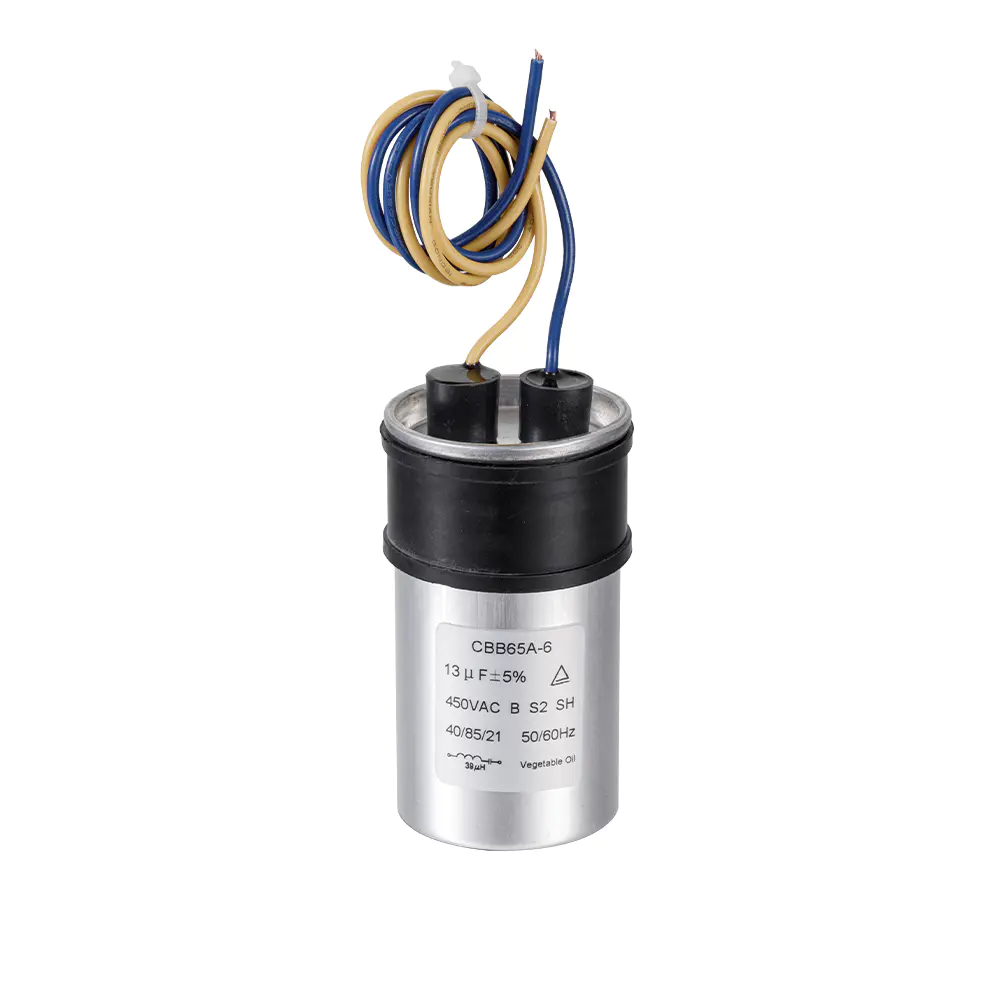
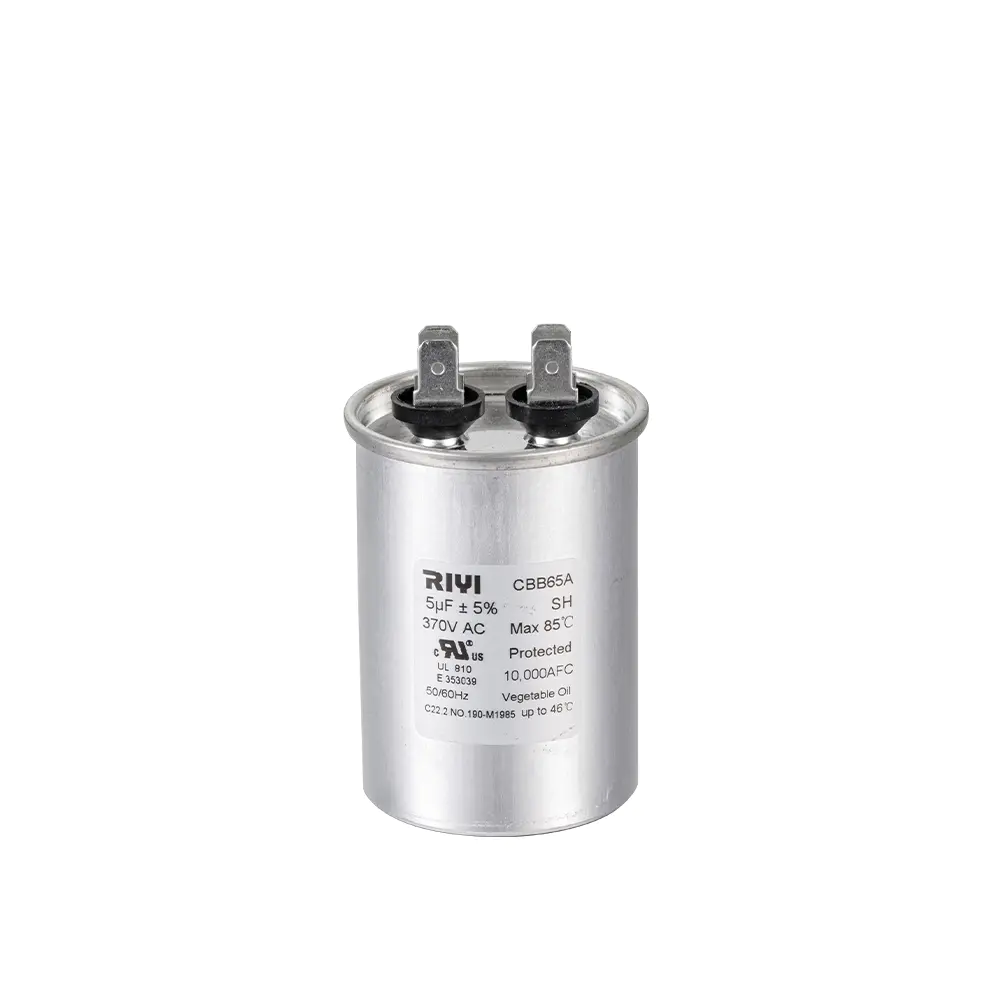
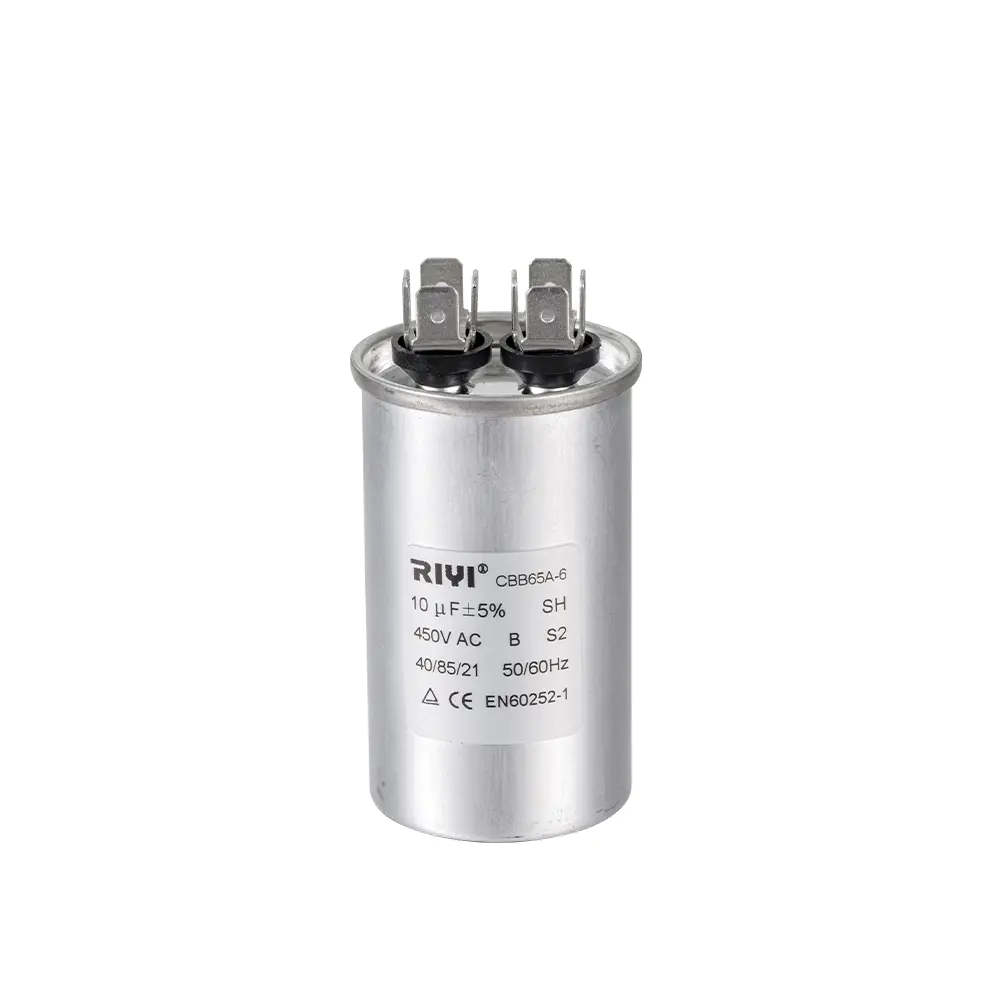
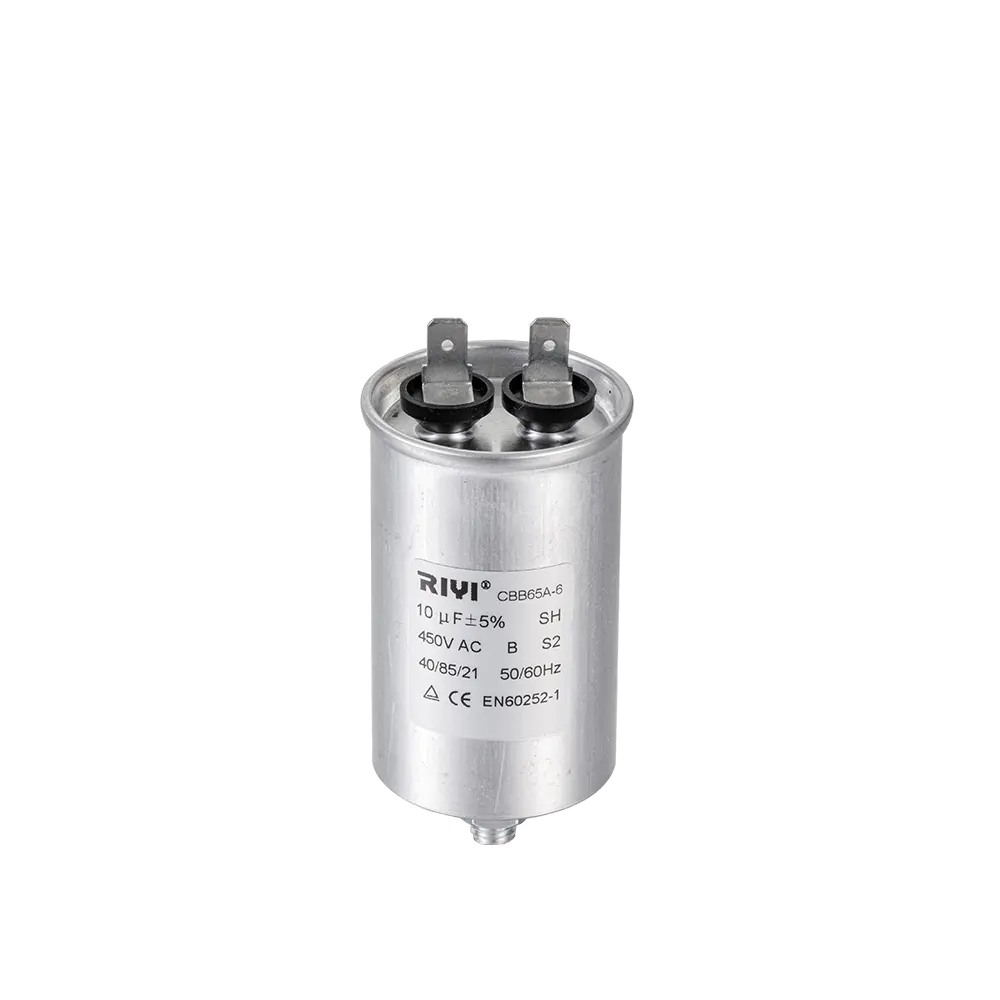
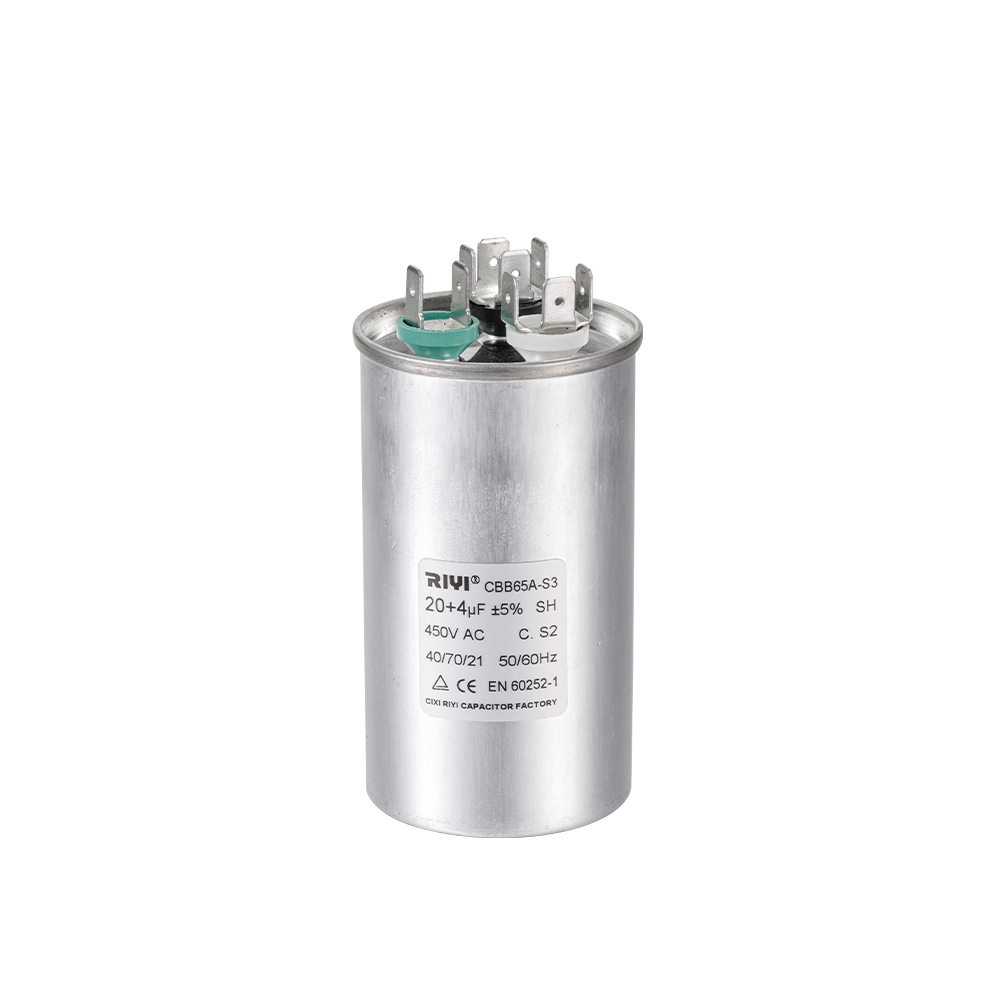
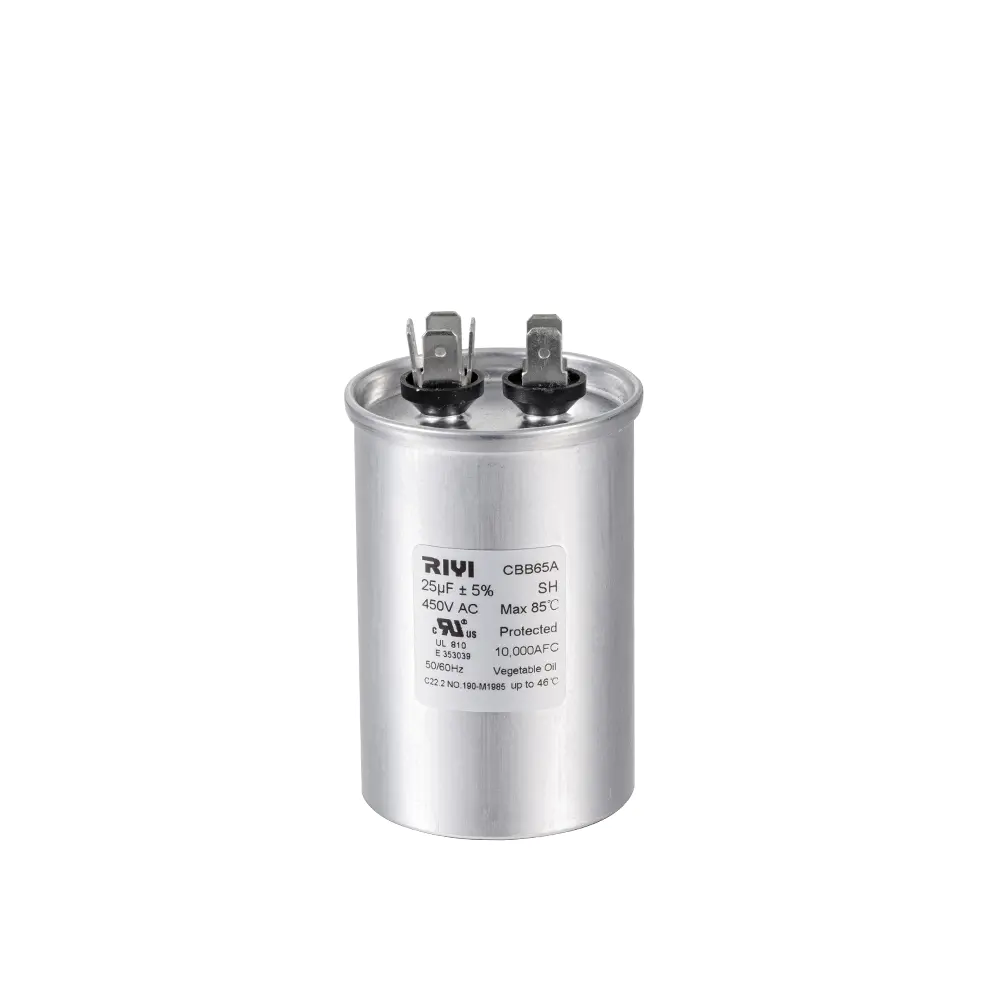
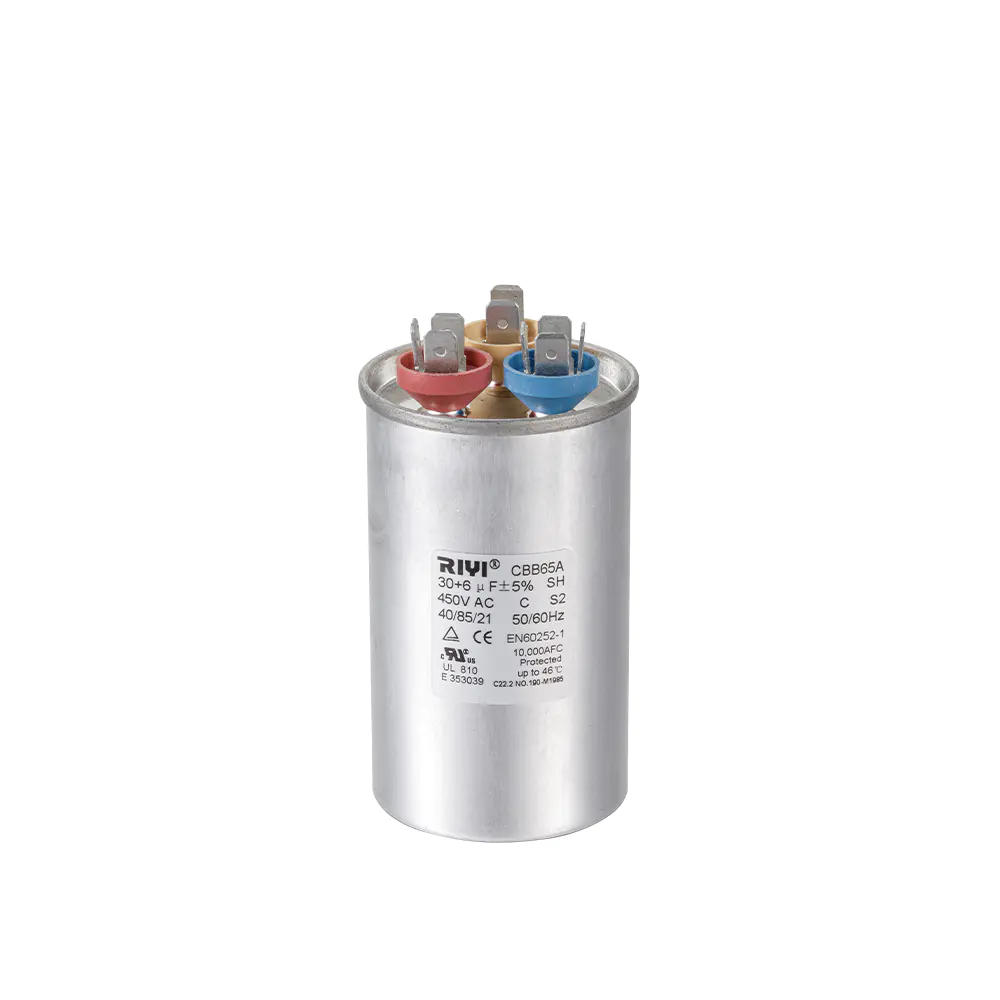
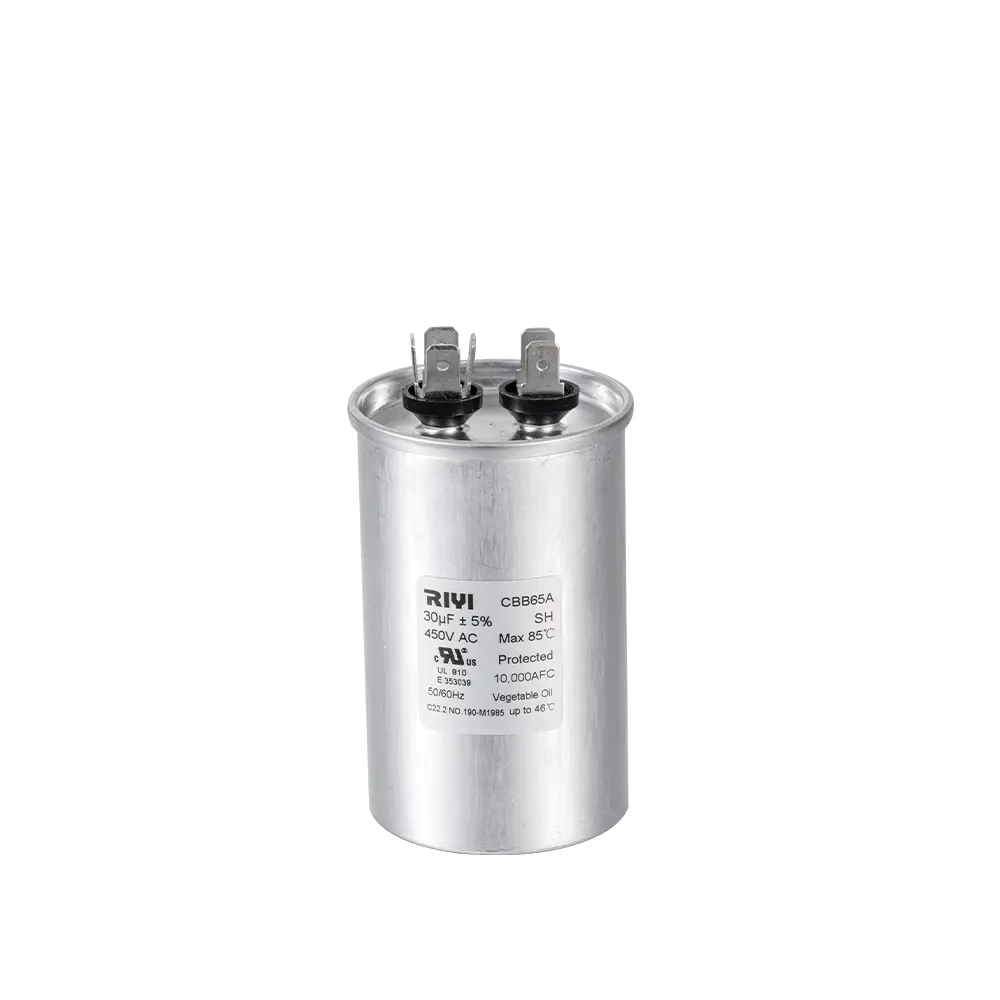

 +86-13600614158
+86-13600614158
 +86-0574-63223385
+86-0574-63223385 Zonghan Street,Cixi City,Zhejiang Province,China.
Zonghan Street,Cixi City,Zhejiang Province,China.